Managing Invasive Plant Species in the Northeast
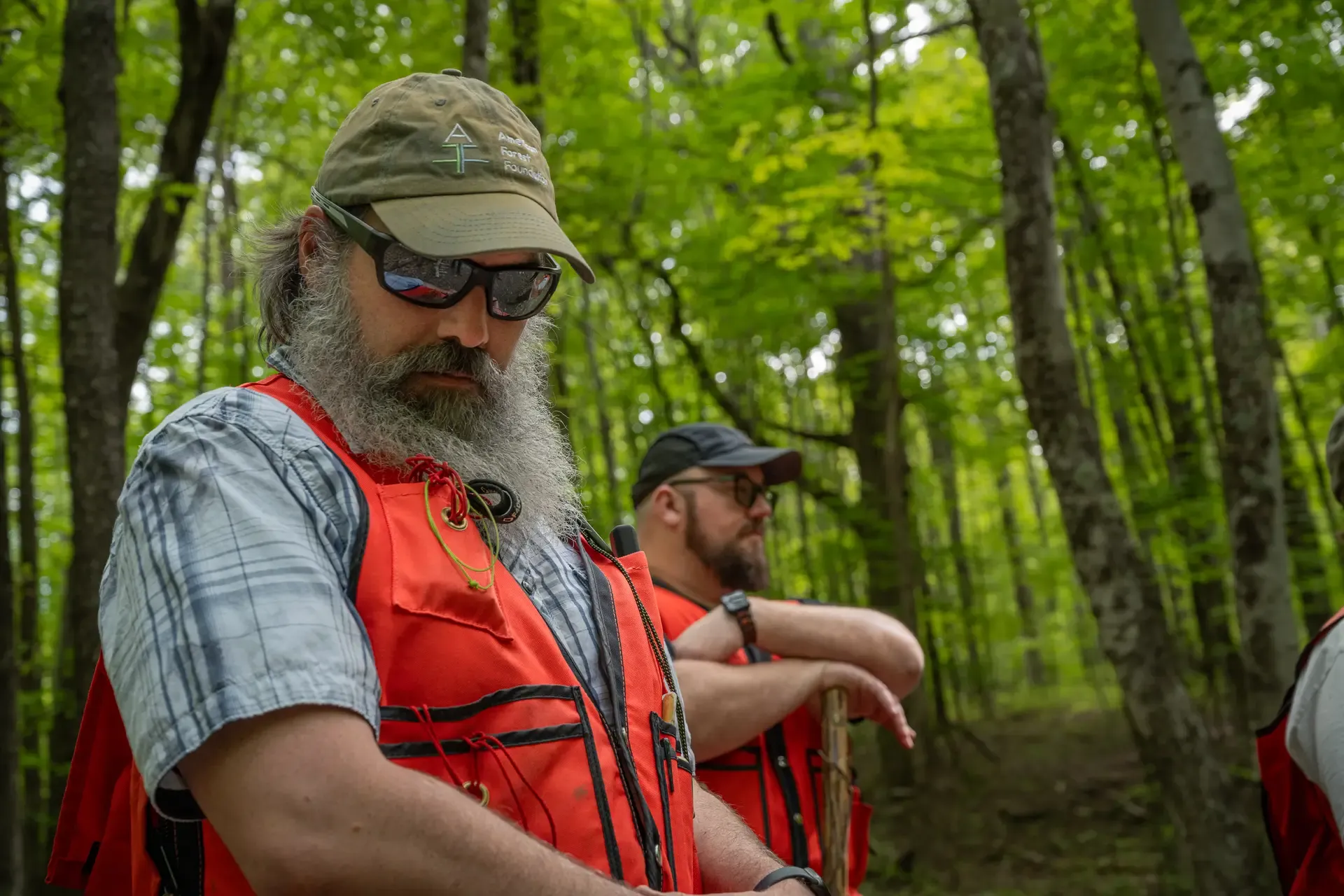
American Forest Foundation Forester, Isaac Slone, standing in West Virginian woods alongside AFF Forester, Ian Forte, as they tell landowners about sustainable forest management practices.
60-70% of Vermont, New York and Massachusetts consist of woodlands. The maple, oak, pine, birch and other native northeastern tree species provide beauty and recreational opportunities for forest owners, as well as homes for a wide variety of wildlife. But this thriving ecosystem can be jeopardized when invasive plant species outcompete native species.
Invasive plant species like the common reed, common buckthorn and honeysuckle may not initially seem like a problem but they can quickly become established and endanger a forest’s health. Professional foresters with The Family Forest Carbon Program help forest owners identify invasive species and map the locations on a property where the species is likely to take hold. Our foresters provide a sustainable forest management plan and discuss treatment options that control or eradicate invasive species.
Common Reed (Phragmites australis)
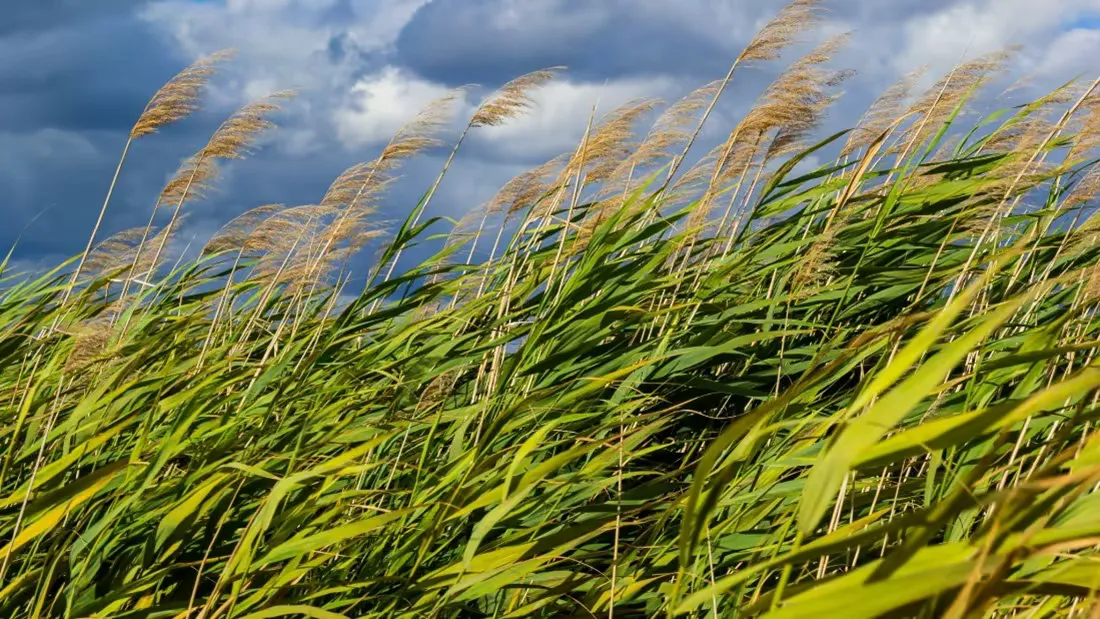
The Family Forest Carbon Program’s foresters can help landowners control invasive species like the common reed.
Many landowners may not realize the common reed is invasive. It is commonly found in wetlands or disturbed natural sites, such as roadsides or other man-made entrances within forest land. This species spreads through its seeds and root system, replacing native grasses, sedges and herbaceous plants. The common reed’s roots have allelopathic properties that can cause root mortality in native plants and the resulting eventual death of nearby tree seedlings and saplings. The common reed makes it difficult for the next generation of trees in a forest to survive. Some possible treatments an AFF forester may recommend depending on the situation are the use in early autumn of foliar-applied herbicides imazapyr and glyphosate, either alone or in combination, at a 1.5 to 2 percent solution.
Common Buckthorn (Rhamnus cathartica)
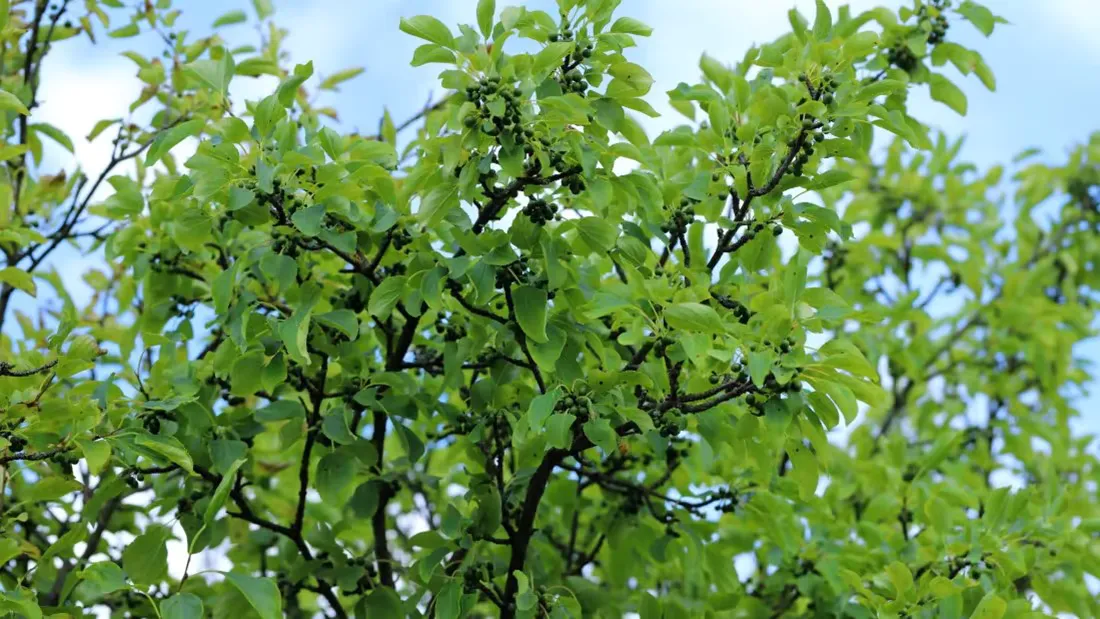
The common buckthorn is an invasive species that can be difficult to eradicate without a professional forester.
Most landowners are aware of the common buckhorn shrub but may not know how best to remove it. Buckthorn invades forests and forms dense thickets, crowding out native shrubs and regenerating trees. Once it forms thickets, it is difficult to eradicate. Buckthorn can also increase the amount of nitrogen in the soil, impacting native species growth that are not accustomed to high levels of nitrogen. Possible treatments that an FFCP forester may suggest are to cut the common buckthorn, then apply either water-soluble herbicides like glyphosate (Rodeo) or triclopyr amine (Garlon 3A/Vastlan) when the temperature is above freezing, or oil-based products of triclopyr ester (Garlon 4, Pathfinder II) when the temperature is below freezing.
Shrub Honeysuckle (Lonicera sp.)
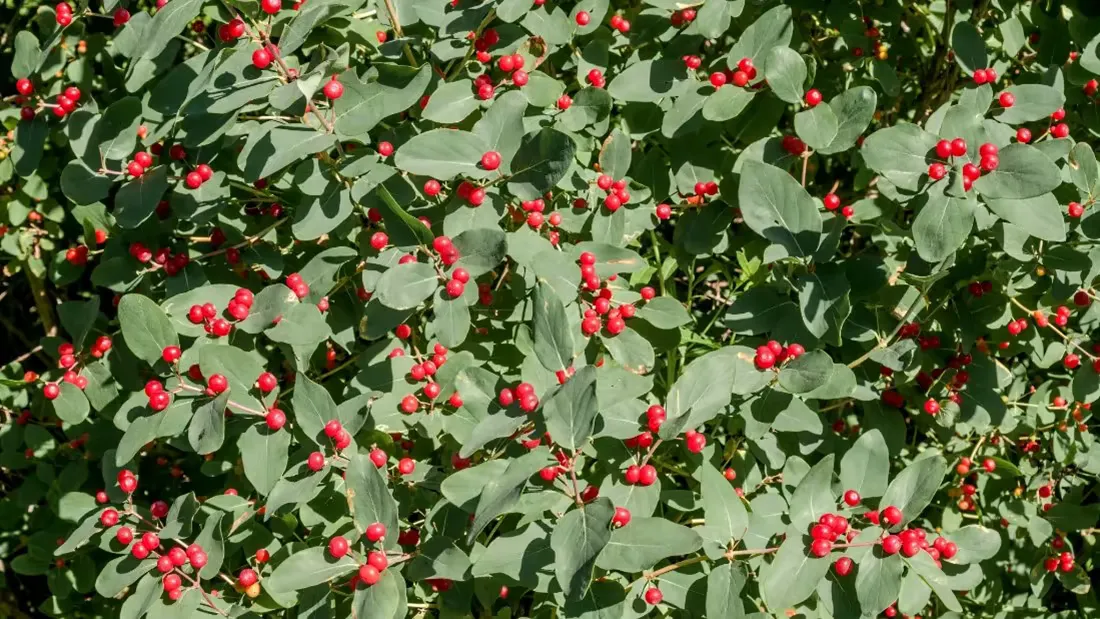
The Family Forest Carbon Program’s foresters can help forest owners identify and control honeysuckle.
Woodland owners may find invasive honeysuckle difficult to distinguish from native honeysuckle. Native honeysuckle has a solid white pith while the invasive honeysuckle has a hollow pith, but the invasive species is more robust than the native species. There are four species of honeysuckle that have been introduced to North America. Honeysuckle was initially planted for landscaping and erosion control but is now found along the forest edges and within woodlands. This shrub outcompetes native vegetation for sunlight, water and pollinators. Potential treatments that may be recommended by an FFCP forester are the full basal bark application of 20 percent triclopyr (Garlon 4) in AX-IT basal oil or streamline basal bark application of 20 percent triclopyr (Garlon 4) in AX-IT basal oil.
The Family Forest Carbon Program, developed by the American Forest Foundation and The Nature Conservancy, helps forest owners by providing a guaranteed annual income stream, a sustainable forest management plan and guidance from professional foresters. The Family Forest Carbon Program’s recommended practices for the northeast region encourage the removal of invasive species and the program’s foresters advise landowners on the most effective invasive species treatment plans.
Learn more about the American Forest Foundation at https://www.forestfoundation.org/.
See how the Family Forest Carbon Program can help you and find out if your property qualifies at https://familyforestcarbon.org/.
Related Articles
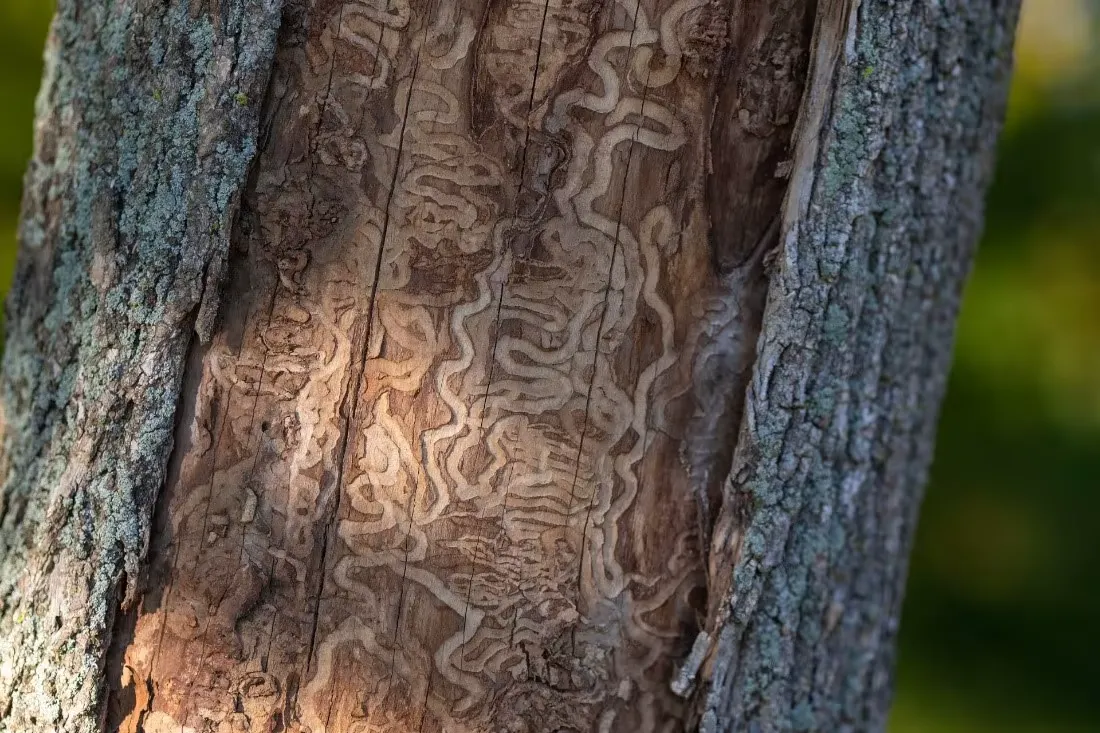
September 22, 2023
How FFCP Helps with the Invasive Emerald Ash Borer Beetle
With the help of our expert foresters, we're sharing valuable information to help fight against a common and destructive invasive insect, the emerald ash borer.
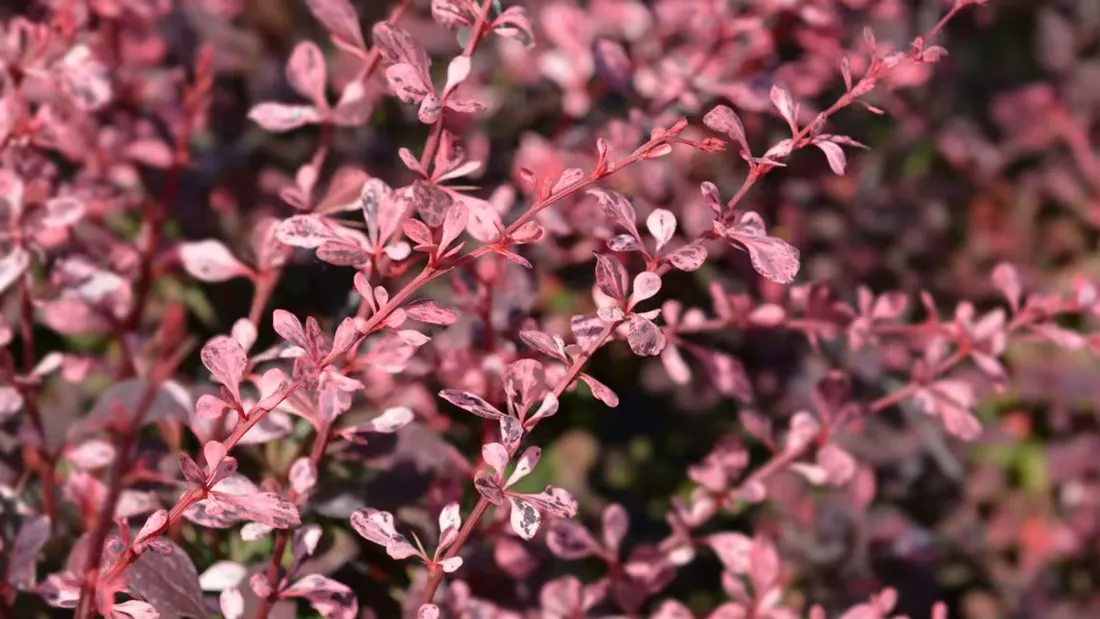
September 1, 2023
Managing Invasive Plant Species in the Central Appalachian Region
Over 78% of West Virginia, 60% of Pennsylvania and 39% of Maryland is woodland. Maintaining a healthy forest requires keeping invasive plant species under control.

December 4, 2025
Forest Carbon Project Issued First Ever Credits
Conservation organizations the American Forest Foundation (AFF) and The Nature Conservancy (TNC) announced today the issuance of improved forest management (IFM) carbon credits to the Family Forest Carbon Program (FFCP) from standards setter Verra under its Verified Carbon Standard (VCS) Program. This marks the first issuance of credits produced using Verra’s VM0045 improved forest management (IFM) methodology, which was co-developed by Verra, AFF, TNC, and TerraCarbon.